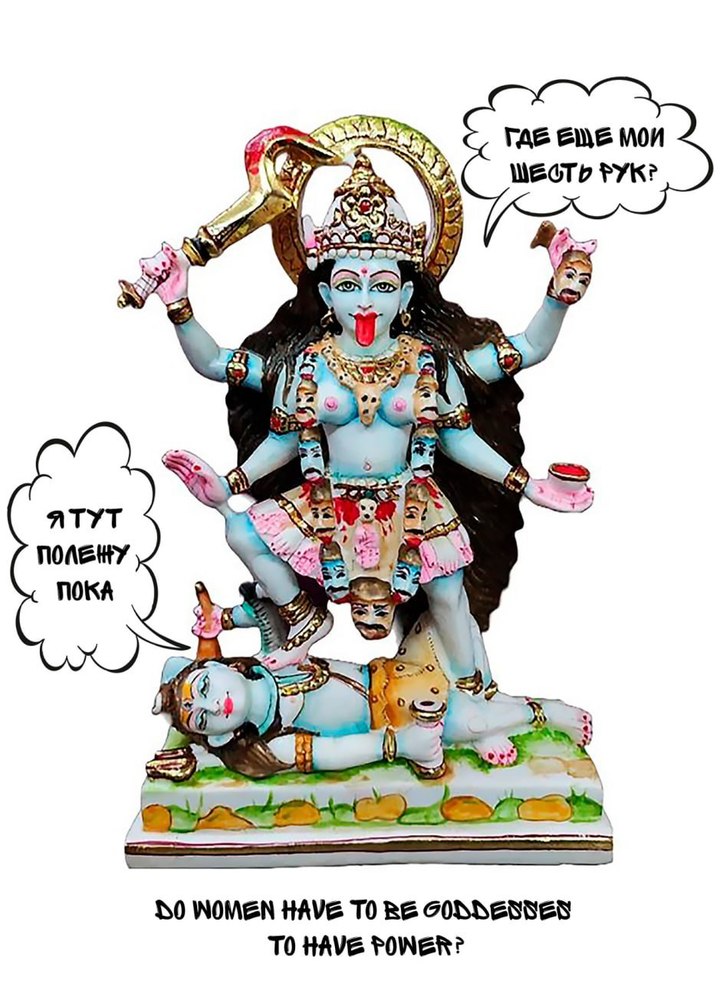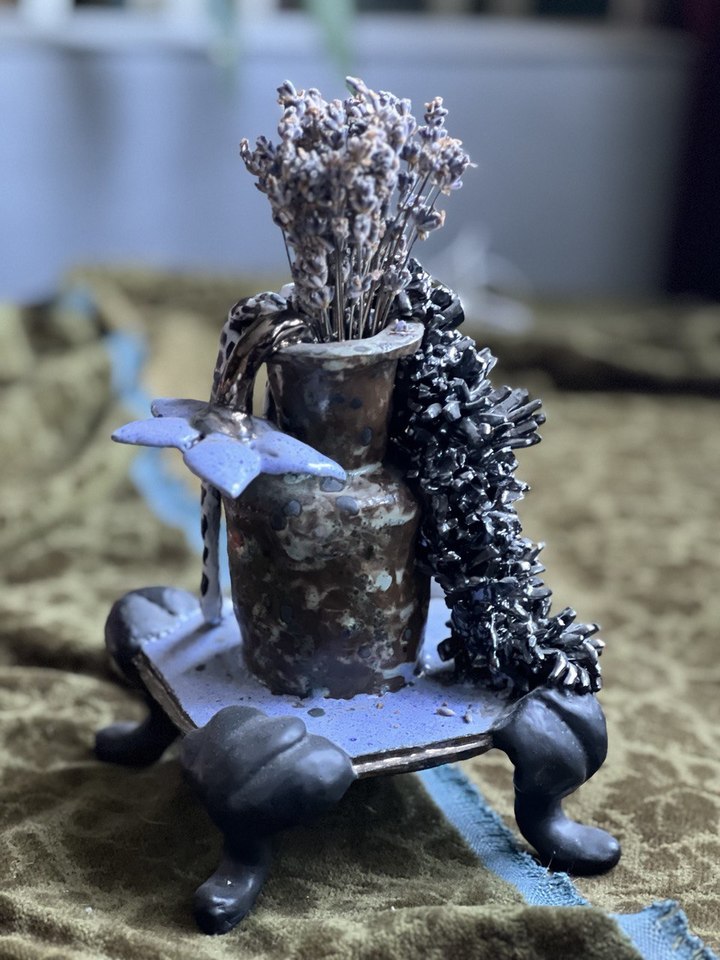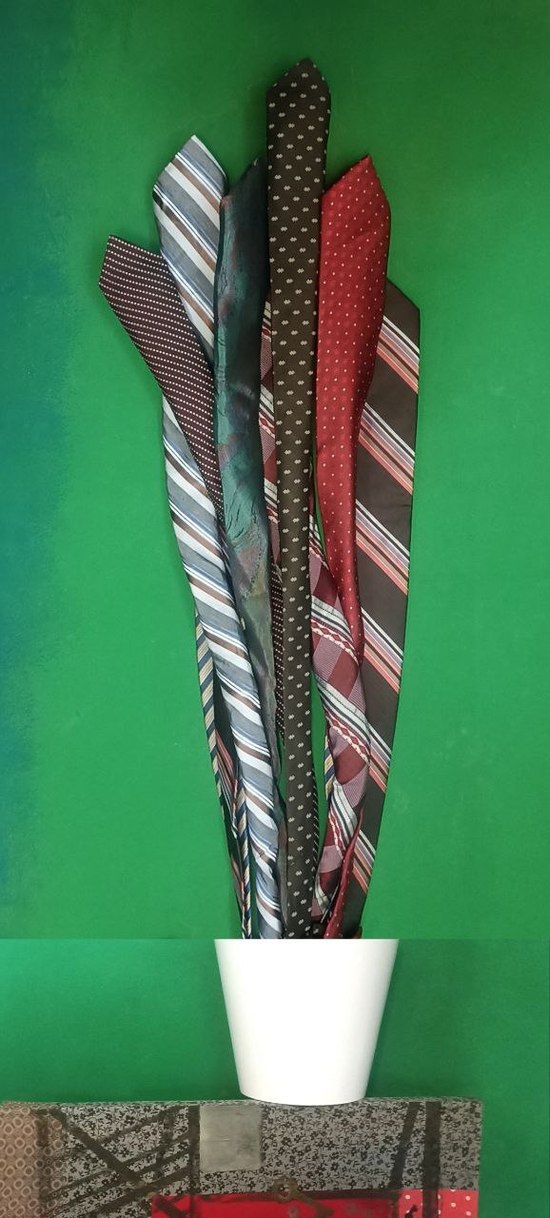Feminine art: how artists defend the right to make art
[ad_1]
Patriarchy reigned in art for a very long time. Although even during the Renaissance, women left their soft mark in art: in the famous “Biographies of Artists” Giorgio Vasari mentions four. However, until the 19th century, vocational education was not available for girls who decided to devote themselves to art. The Imperial Academy of Arts in St. Petersburg officially allowed women to study on an equal basis with men only in 1890. It is curious that in the workshop of Ilya Repin, who taught at the Academy since 1894, there were many women, and he did not distinguish between genders, but valued his students for their talent. But in Serov’s class there was not one. In the twentieth century, the situation changed: there were more women artists, and this had a great influence on art. Ekaterina Kartseva, a culturologist, associate professor at the Russian State University for the Humanities, and founder of the home gallery “Murmure,” where only female artists are exhibited, discusses the soft power of women’s art especially for MK.
In recent years, it can be noted that among young artists and graduates of art schools (such as the Free Workshops at MMSI, the Joseph Backstein Institute of Contemporary Art, Open Studios at Winzavod) there are more and more female artists. The situation is similar when entering the sculpture department of the Moscow Stroganovka and the department of artistic metal processing of the Stieglitz Academy in St. Petersburg. That is, traditionally male mediums requiring physical strength do not go unnoticed.
In Soviet times, art schools and universities, as well as exhibitions, were dominated by male representatives. Among academicians, I even heard expressions such as: “A woman artist is not a woman!” Lev Kropivnitsky, who was Oscar Rabin’s teacher, according to the artist’s own recollections, had no doubt about the future son-in-law and husband for his daughter Valentina, but still asked the student to think about whether a free artist needed a family? In Soviet times, the wife of an official artist had to be a muse, educated, and polite, ideally have an art history education, but not for a career in the end, but to create conditions for her husband’s work.

For many representatives of the older generation, it is important to be called “artist,” because “artist” belittles their professional level. The same goes for director, sculptor, conductor – traditionally “male” professions. At the same time, the “male-female” opposition in Soviet society was more elastic. Nominally, women and men had equal rights, but elements of patriarchy remained in art and in everyday life. In the 1970s, names appeared that could seriously compete with the male world of art – Tatyana Nazarenko, Natalya Nesterova, Olga Bulgakova, etc. And in the 1990s-2000s, a new generation of artists was formed, some of whom became international stars – Aidan Salakhova , Olga Tobreluts, Olga Chernysheva and others. At the same time, Aidan, having left the world of art business, began to engage in sculpture in Carrara. Tobreluts, continuing to follow the traditions of the New Academy, paints large-scale canvases, including battle scenes. The 1990-2000s were also remembered for entire curatorial projects dedicated to women artists.
At the exhibition “Woman in Art” in the exhibition hall of the Association of Museums of the Leningrad Region (07.27.89 – 08.15.89. Curator: Olesya Turkina) one could see more than a hundred works by women artists. Along with the “female” works, 22 “male” works were also exhibited. All under female pseudonyms – Rebecca Kretser (Timur Novikov), Valentina Tereshkova (Georgy Guryanov), Ace McGrice (Oleg Kotelnikov). At the opening of the exhibition, a performance by Vladislav Mamyshev-Monroe took place, which became the artist’s first appearance in the image of Marilyn Monroe at an art exhibition. The group “Kolibri” performed.
In 1991 “Hearts of 4” by Vera Pogodina in the House of Officers on Frunzenskaya Embankment in Moscow and “Femininity and Power (b)” by the Central House of Artists in Moscow. Curators: Natalya Kamenetskaya, Irina Sandomirskaya (exhibitor – Oleg Kulik).
In 2002, the Tretyakov Gallery hosted a large-scale exhibition “Feminine Art. Women artists in Russia of the 15th-20th centuries” (curators: N. Kamenetskaya, N. Yurasovskaya). That is, belatedly, but quite in the trend of foreign reflection, as it began, for example, in the States in 1977 with the exhibition “Women Artists 1550-1950” Brooklyn Museum, New York, curators: Linda Nochlin, Anne Sutherland or in 1987 exhibition “American Women Artists, 1830-1930” National Museum of Women in the Arts, Washington.

In 2010, the Moscow Museum of Modern Art hosted a large retrospective exhibition “Zen d’art”, entirely dedicated to the issues of women’s art, feminism, gender and presenting the history of the issue in the domestic space. These exhibitions were attended by a large number of people, catalogs and scientific articles were published. Mila Bredikhina, Natalya Kamenetskaya, Oksana Sargsyan are considered one of the most authoritative researchers on this topic.
One of the last major projects dedicated to women’s issues was the “MediaUdar” festival of activist art at the “Factory” TsTI, which took place from 2011 to 2016.

In recent years, despite the growth of relevant literature and education in the field of contemporary art, interest in women’s issues at the institutional level has fallen. The exhibition plans of the Tretyakov Gallery for 2024-25 do not include a single exhibition of a female artist. The latest Galleries Association study also showed that the art world remains male-chauvinist, with more than 50% of AGA member gallery residents being men. Perhaps this is explained by the fact that male artists, especially the older generation, outnumber female authors in both quantity and price, and men also predominate among solvent collectors. It is obvious that women are still undervalued by the art market and museums. In this situation, private initiatives and small self-organizations continue to develop. For example, artist Olga Bozhko organized an exhibition, the first part of which was on the theme of strength in women’s art. In everyday life, these concepts are stereotypically assigned to “male” and “female” identities, respectively. The curatorial project of Olga Bozhko, in a dialogical form and through the means of art, invites us to think about the fact that strength can be not only “male” or “female,” but also the strength of the spirit, the power of thought, physical strength, the power of love, esoteric power, and so on. 14 contemporary Russian artists, using graphics, media and art objects, will present their subjective ideas about “power”, which, it seems, is increasingly shifting to the side of women in art.
[ad_2]
Source link






